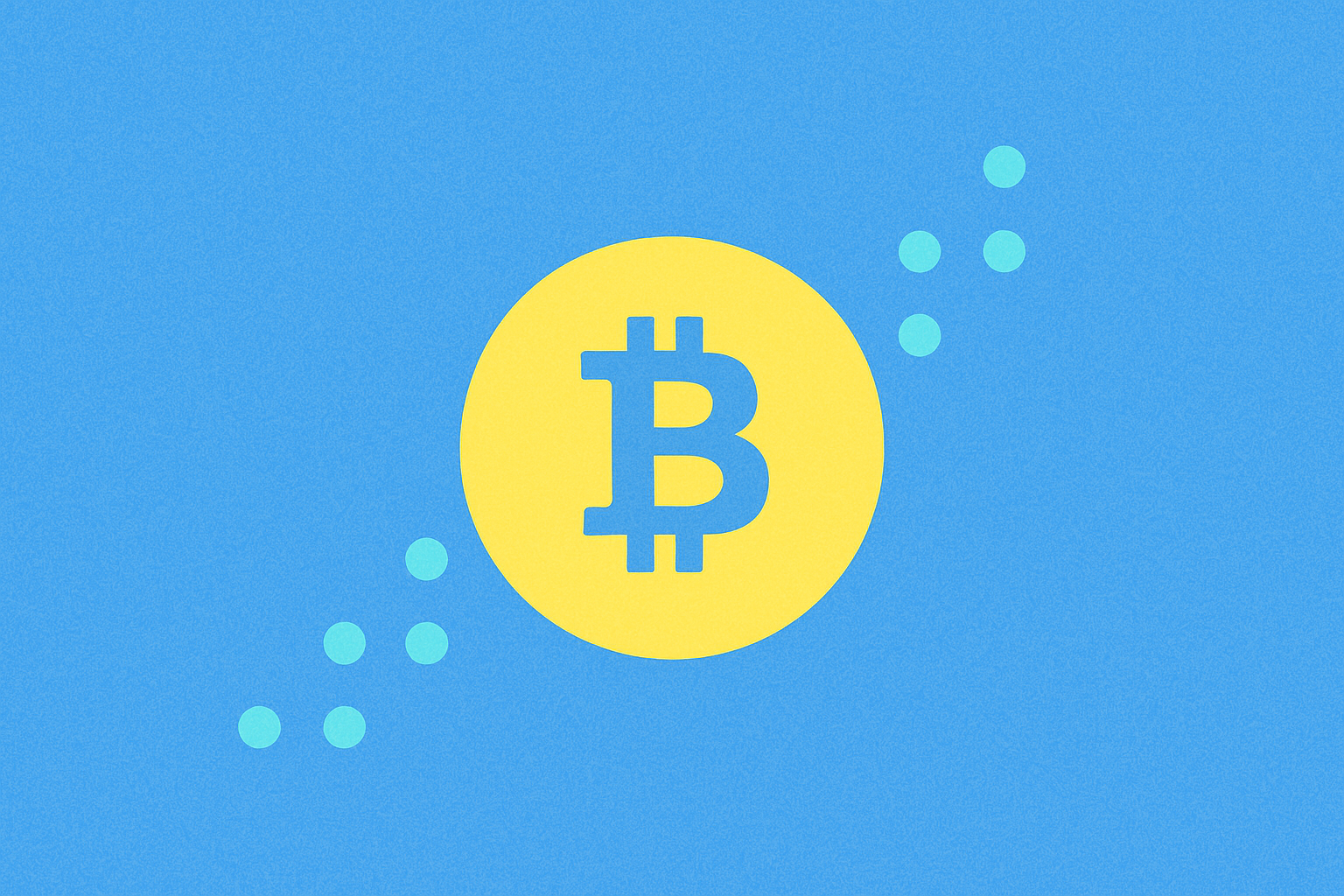Token Ekonomi Modeli, DOGE'nin değeri ve benimsenmesi üzerinde nasıl etkili olur?

DOGE'nin Token Dağıtımı ve Topluluk Odaklı Modeli
Dogecoin (DOGE), kripto para dünyasında kendine has bir token dağıtımına ve topluluk odaklı modele sahiptir. Dolaşımdaki arzı 151.418.186.383,7052 DOGE, toplam arzı ise 151.428.816.383,7052 DOGE olarak kaydedilmiştir. %99,99 gibi neredeyse eksiksiz bir dolaşım oranı, DOGE'nin yüksek likiditeye ve kullanıcılar arasında yaygın dağıtıma sahip olduğunu gösterir.
Dogecoin'in topluluk temelli yapısı, yönetim modeli ve projelerinde açıkça görülür. Topluluk, sosyal medya platformlarında aktif tanıtım yaparken, bağış ve kitlesel fonlama etkinliklerine de katılır. Bu güçlü topluluk desteği, DOGE'nin piyasa varlığının büyümesine katkı sağlamış; piyasa değeri $30.498.651.101,4059 seviyesine ulaşmış ve kripto paralar arasında 11. sırada konumlanmıştır.
| Ölçüt | Değer |
|---|---|
| Dolaşımdaki Arz | 151.418.186.383,7052 DOGE |
| Toplam Arz | 151.428.816.383,7052 DOGE |
| Dolaşım Oranı | %99,99 |
| Piyasa Değeri | $30.498.651.101,4059 |
| Sıralama | 11 |
Topluluğun etkisi token ekonomisine de yansır; bu modelde geri alımlar ve staking yapanlara ödül sunulmaktadır. Böylece DOGE sahiplerinde talep ve aidiyet duygusu gelişir. Merkeziyetsiz yönetim sayesinde topluluk, ekosistemin gelişimine doğrudan katılır ve Dogecoin'in evrimi kullanıcıların çıkarlarıyla uyumlu biçimde ilerler.
Sınırsız Arz ile Enflasyonist Tasarım
Dogecoin'in özgün para politikası, onu pek çok kripto paradan ayırır. Bitcoin'in sabit arz sınırının aksine, Dogecoin'de çıkarılabilir toplam coin sayısında bir üst limit bulunmaz; enflasyonist bir model uygulanır. Bu yaklaşım, kripto paranın uzun vadeli değer ve kullanımındaki önemli farkları ortaya koyar.
| Özellik | Bitcoin | Dogecoin |
|---|---|---|
| Arz Sınırı | 21 milyon | Sınırsız |
| Yıllık İhraç | Yaklaşık her 4 yılda bir yarılanma | 5 milyar coin |
Dogecoin, mevcut dolaşımdaki arzdan bağımsız olarak yıllık 5 milyar yeni coin ihraç eder. Bu sabit enflasyon oranı, piyasaya sürekli yeni coin girişini sağlar ve madencileri teşvik ederek ağ güvenliğini destekler. Zamanla yeni arzın toplam arz içindeki payı ise azalır.
Enflasyonist tasarımın avantajları ve dezavantajları vardır. Bir tarafta, Dogecoin'in daha erişilebilir olmasını ve biriktirmek yerine harcanmasını teşvik eder; bu da ilk vizyonu olan günlük işlemler için eğlenceli ve kullanışlı bir dijital para olma amacına uygundur. Diğer tarafta, sınırsız arz uzun vadede coin değerinde baskı oluşturabilir; çünkü arzın artışı talebi aşabilir.
Ödeme Entegrasyonlarıyla Kullanım Alanı Genişlemesi
Dogecoin, stratejik ödeme entegrasyonlarıyla kullanım alanını büyük ölçüde genişletmiş; günlük işlemler için geçerli bir dijital para haline gelmiştir. 2025 yılında, önde gelen ödeme sağlayıcıları ve e-ticaret platformları Dogecoin'i kabul etmeye başlamış; Adidas gibi perakendeciler ve Sheetz gibi marketler DOGE ile ödemeye imkan tanımıştır. Bu yaygın kabul sayesinde Dogecoin, perakende alışverişler ve mikro ödemeler dahil farklı işlemlerde kullanılmaktadır.
Artan işletme kabulü, DOGE işlemlerinin sorunsuz gerçekleşmesini sağlayan ödeme ağ geçitleriyle desteklenmektedir. Dogecoin'in farklı sektörlerdeki entegrasyonuna dair tablo esnekliğini ortaya koyar:
| Sektör | Örnekler | Entegrasyon Türü |
|---|---|---|
| Perakende | Adidas | Doğrudan ödeme |
| Marketler | Sheetz | Yakıt ve gıda ödemesi |
| E-ticaret | Shopify | Bağımsız mağaza ödemeleri |
| Online Hizmetler | CactusVPN | Abonelik ödemeleri |
Kullanım alanındaki bu genişleme, Dogecoin'in fiyat istikrarına ve büyüme potansiyeline katkıda bulunmuştur. Piyasa verilerine göre DOGE'nin fiyatı, 2025 ortasında $0,20 civarına ulaşabilir; bu da onun önde gelen bahşiş ve ödeme token'ı olarak evrimini gösterir. Dogecoin'in ana akım ödeme sistemlerine entegrasyonu, onu bir meme coin'den gerçek dünyada farklı sektörlerde işlem yapabilen işlevsel bir dijital para birimine dönüştürmektedir.
Yönetim ve Değer Yaratma Mekanizmaları
Dogecoin'in yönetimi merkeziyetsizdir ve karar alma süreçleri topluluk uzlaşısına dayanır. Dogecoin Vakfı, geliştirme ve savunuculukta ana rol oynarken; çekirdek geliştiriciler teknik iyileştirmeleri yürütür. Protokol değişiklikleri, Protokol İyileştirme Önerileri (PIP) ile gündeme gelir ve topluluk incelemesi sonucu GitHub'da pull request'lerle uygulanır.
Dogecoin'de değer yaratma mekanizmaları, sahipler ve madenciler açısından farklılık gösterir. Madenciler blok ödülleri ve işlem ücretlerinden faydalanırken; sahipler staking ve DeFi faaliyetlerine katılabilir. Aşağıdaki tablo, Dogecoin'in token ekonomisinin Ethereum ile temel karşılaştırmasını sunar:
| Yön | Dogecoin | Ethereum |
|---|---|---|
| Arz | Sonsuz | Sınırlı |
| Blok Ödülü | 10.000 DOGE | Değişken |
| İşlem Ücretleri | Düşük | Yüksek |
| Akıllı Sözleşmeler | Yok | Var |
Dogecoin'in ödemeler, bahşiş ve mikro işlemler gibi kullanım alanları, talep ve değer artışı sağlar. Düşük ücretleri ve hızlı işlem süreleri perakende sektörü için cazip hale getirir. Litecoin ile birleşik madencilik, ağ güvenliğini artırır ve madencilere ek teşvik sunar; bu da Dogecoin'in kripto ekosisteminde yönetim ve değer yaratmada özgün yaklaşımını ortaya koyar.
SSS
Dogecoin $1'e ulaşabilir mi?
Evet, Dogecoin 2025 yılının sonlarına doğru $1 seviyesine ulaşabilir. Beklentiler, yükselen işlem hacmi, piyasa iyimserliği ve genişleyen kabul sayesinde fiyatın $1,07'ye kadar çıkabileceği yönündedir.
$500 şu anda kaç Dogecoin eder?
20 Ekim 2025 itibarıyla $500 yaklaşık 2.392 Dogecoin etmektedir. Bu dönüşüm mevcut piyasa fiyatlarına dayanmaktadır.
DOGE 5 yıl sonra ne kadar olacak?
Mevcut eğilimler dikkate alındığında, DOGE'nin 5 yıl içinde $0,50 ile $1 aralığına ulaşması öngörülmektedir. Ancak, daha fazla benimsenme ve piyasa dalgalanmaları değerinin daha da yükselmesine yol açabilir.
Dogecoin $100 USD'ye ulaşabilir mi?
Bunun olasılığı oldukça düşük olsa da kesin olarak imkansız değildir. Dogecoin'in $100 seviyesine çıkabilmesi için olağanüstü bir benimsenme ve piyasa büyümesi gerekir. Ancak, kripto piyasalarının tahmin edilemez olduğu unutulmamalıdır.

DOGE 10 $'a Ulaşabilir Mi

Elon Musk'ın Doğum Günü: Kripto Pazarlarını ve Web3 Yatırımlarını Nasıl Etkiliyor

DOGE nedir: Popüler kripto para meme’ini ve dijital piyasalara etkisini anlamak

2025 yılında Dogecoin'in temel değeri nedir?

Kripto Proje Temellerini Analiz Etmenin Yolları: Dikkate Alınması Gereken 5 Ana Faktör

2025 yılında Dogecoin, rakipleriyle nasıl karşılaştırılıyor?

Dropee Günlük Kombinasyonu 12 Aralık 2025

Tomarket Günlük Kombinasyonu 12 Aralık 2025

SEI Airdrop Ödülleri’ne Katılım ve Talep Etme Kılavuzu

Kripto para birimlerinde algoritmik alım satım için etkili stratejiler

Stock-to-Flow Model ile Bitcoin'in Değerlemesini Anlamak





